Are Pee Pads for Old Dogs OK? A Definitive Guide for Senior Dog Owners
Whether you have a new puppy or a senior dog, accidents can happen. With age, even the most well-trained dogs can have their occasional mishaps, and that’s when you might wonder, “Are pee pads for old dogs okay?” Well, we’re here to shed some light on that question and help you determine if pee pads are the right option for your beloved canine companion.
First things first, let’s clarify that pee pads aren’t exclusive to puppies – they can be beneficial for older dogs too!
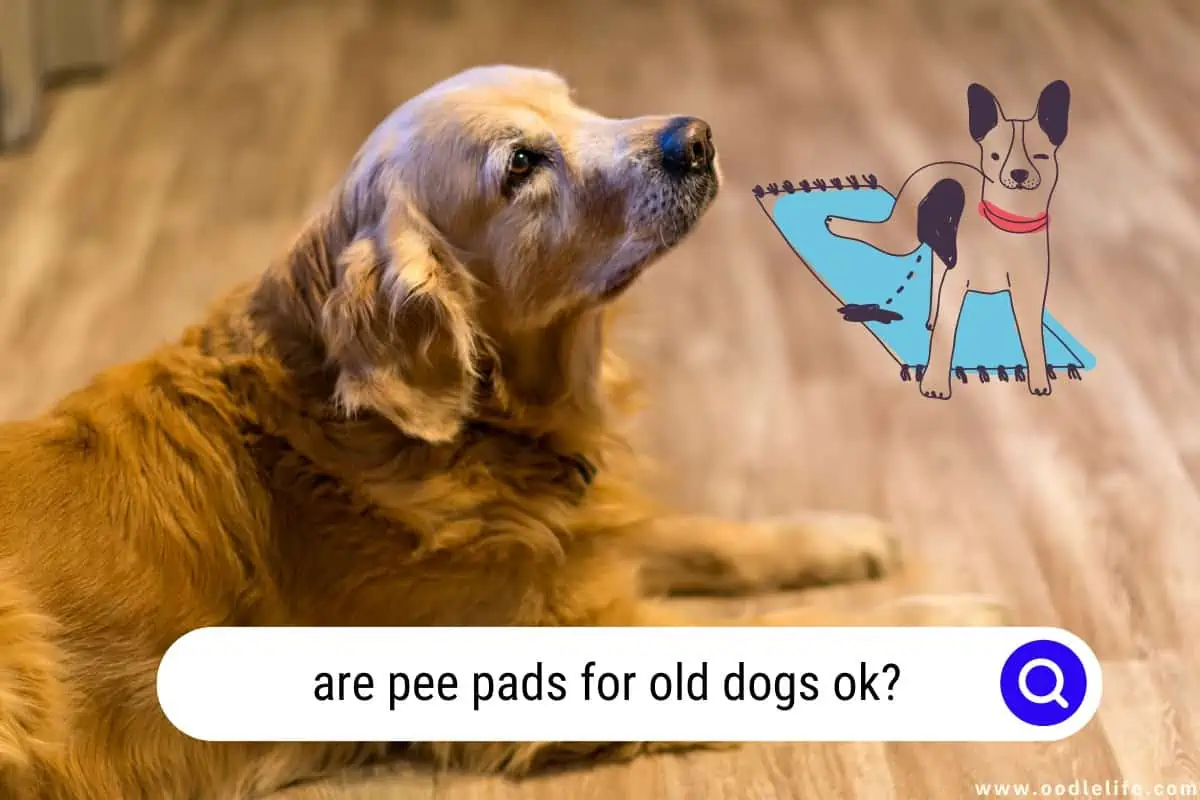
Imagine this scenario: It’s a rainy day, and your senior dog, who used to love splashing in puddles, now prefers to stay cozy indoors. Using a pee pad might just save you both from the dreadful walk in the pouring rain. So yes, pee pads can be a practical and comfortable alternative for senior dogs, especially when they’re experiencing health issues or adverse weather conditions are in play.
Are Pee Pads for Old Dogs Ok?
It’s a common query that dog parents have: are pee pads for older dogs a good idea? And the answer is, yes! Pee pads can be quite helpful for our senior furry friends, especially those facing incontinence or mobility challenges.

As dogs age, they might have difficulty holding their bladder for longer periods or even struggle to get outside in time. In these situations, pee pads provide a practical solution, ensuring your dog has a designated, comfortable spot to relieve themselves indoors. Moreover, they can ease the stress for both the pet and the pet parent, subtly integrating humor by giving the pup a “wee-laxed” feeling about their bathroom spot – no pun intended.
Pee pads come in various types, such as reusable and disposable pads, offering pet parents options based on their preferences. For instance, the Gorilla Grip reusable pee pad features a 4-layer design for maximum absorbency and protection, with a slip-resistant and leak-proof construction that older dogs and their human caregivers can appreciate. Not only do these pads offer convenience, but they also demonstrate a considerate approach towards the environment, much like how your dog demonstrates their love with gentle tail wags.
Training older dogs to use pee pads may take some patience and consistent effort, but it’s certainly achievable. With gentle guidance, positive reinforcement, and a bit of time, you can teach your senior canine companion to embrace their new indoor bathroom spot. Remember, it’s never too late to teach a well-seasoned dog new tricks, even if it involves going potty on a pad rather than their usual favorite tree outside.
Benefits of Using Pee Pads
Convenience and Comfort
Using pee pads can provide comfort and convenience, especially for senior dogs. Their age or medical conditions may make it harder for them to get outside, and pee pads offer an easier option for them to relieve themselves without the hassle of going outdoors.

For pet parents, pee pad training saves time as it eliminates the need for regular outdoor trips for your dog’s bathroom breaks. Plus, it’s helpful in ensuring your elderly furry friend doesn’t experience pain from longer walks or challenges in reaching their usual bathroom spot.
Reduced Accidents
Senior dogs might find it difficult to hold it in for long periods, especially when they have age-related health issues or require certain medications. Pee pads can provide a safe and accessible solution for dogs to answer nature’s call without making a mess around the house.
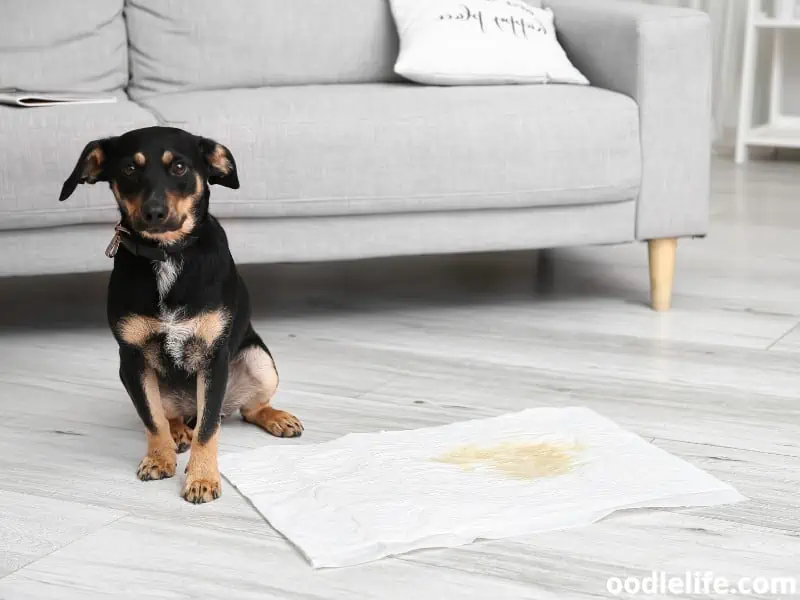
As a result, using pee pads can help reduce the number of accidents your older dog may have indoors, making life more manageable and less stressful for both you and your four-legged companion.
Drawbacks of Using Pee Pads
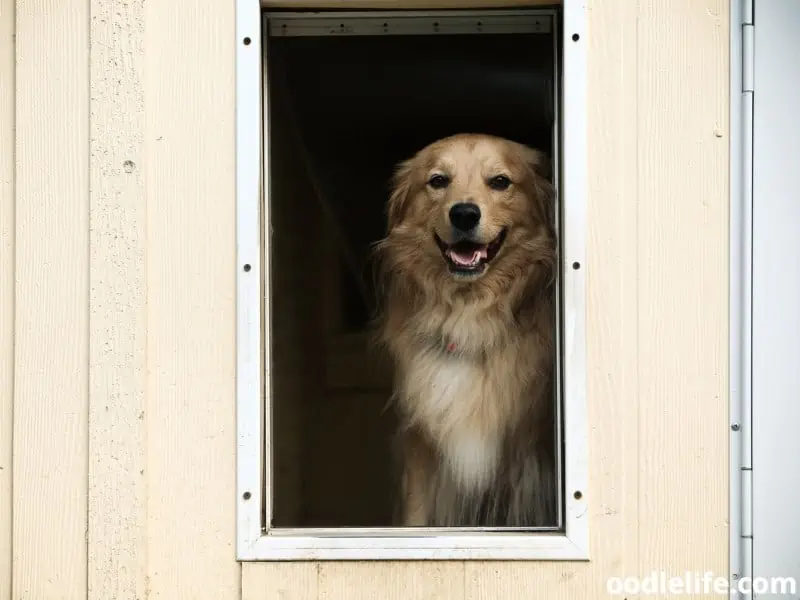
Prolonged Dependency
One issue with using pee pads for older dogs is that it may develop a prolonged dependency on them. As a result, this could complicate the process of transitioning back to outdoor elimination if circumstances change later on. In fact, while pee pads provide temporary convenience, they might unintentionally enforce indoor elimination habits in the long run.
Odor and Hygiene Issues
When it comes to odor, pee pads might not be your best friend – or your dog’s either. These pads can lock in smells as urine accumulates, creating an undesirable fragrance in your home. Additionally, the more your dog uses the pad, the higher the risk of bacteria buildup and potential hygiene concerns.
It’s essential to remember that while replacing soiled pads regularly helps alleviate odor, hygiene might still be an ongoing problem. There’s nothing like the smell of a fresh, grassy outdoor area to encourage a new title: “Aromatherapist Dog Owner.”
Despite their apparent usefulness, pee pads do have some limitations when catering to older canines. The key lies in finding a balance that works best for both you and your furry friend. Remember, break the habit of offering treats when they start using the living room as their outhouse.
It’s not the best way to redecorate your home!
Pee Pad Alternatives
In this section, we will explore some earth-friendly alternatives to traditional pee pads. Let’s dive into two popular options: Dog Litter Boxes and Artificial Grass Pads.
Dog Litter Boxes
Who says litter boxes are only for cats? Dog litter boxes are becoming more popular among pet owners, especially for small breeds and senior dogs. They are convenient, easy to clean, and help maintain a clean and odor-free environment.
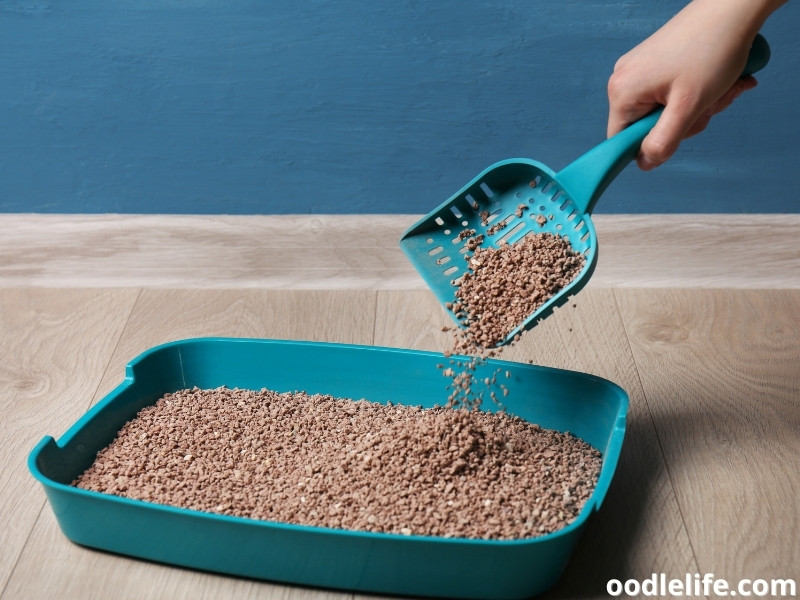
Some examples of dog litter boxes include the Purina SecondNature Dog Litter and the SoPhresh Dog Litter Box.
These doggy litter boxes are designed with absorbent materials to handle liquid waste and are typically filled with paper pellets or wood shavings. Switching to a dog litter box can be more environmentally friendly, as many of these litter materials are biodegradable.
Artificial Grass Pads
Artificial grass pads are another excellent alternative to traditional pee pads. They give dogs the feeling of “going” on grass but without the mess and maintenance of natural grass. Brands like Doggielawn and Petmaker offer artificial grass pads with a built-in tray for easy cleaning.
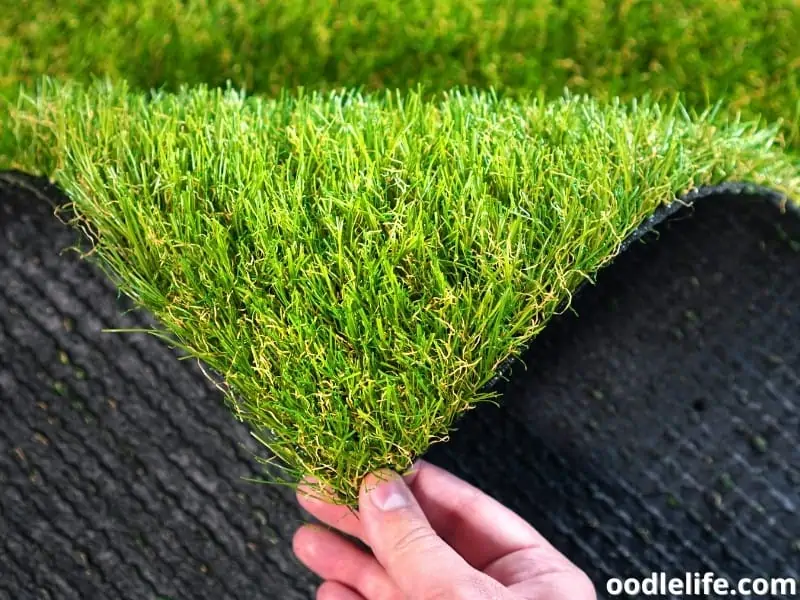
One of the significant benefits of artificial grass pads is that they can be washed and reused, drastically reducing waste. Some grass pads even have features like antimicrobial protection to keep your home smelling fresh. Not only are these pads a more sustainable option, they may also be more cost-effective in the long run compared to disposable pee pads.
As you can see, there are numerous alternative solutions for senior dogs that balance convenience, environmental impact, and cost. Consider trying out dog litter boxes or artificial grass pads for a cleaner, greener, and happier home with your furry friend.
Training Older Dogs to Use Pee Pads
Contrary to the popular belief, old dogs can indeed learn new tricks, and one of them is adapting to the use of pee pads. This can greatly benefit senior dogs with mobility issues or those who cannot hold their bladder for long periods.
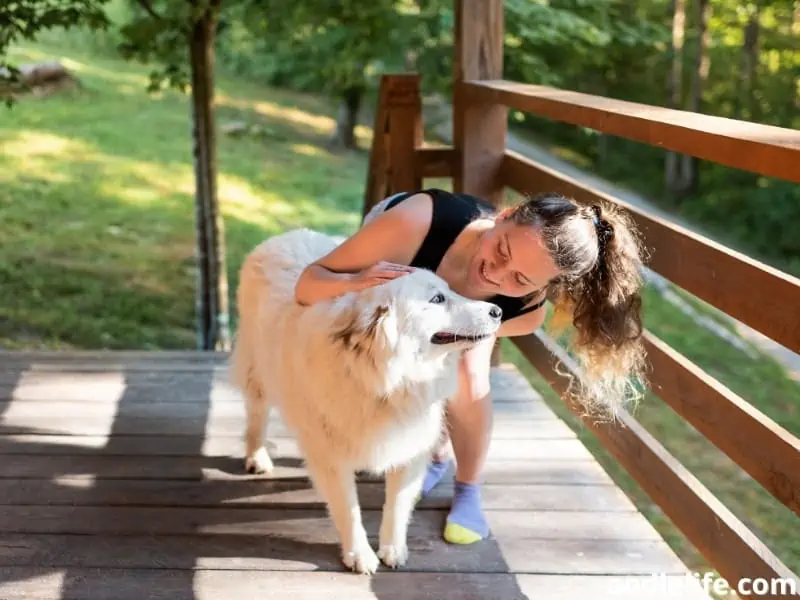
Establishing a Routine
Start by introducing your dog to the pee pad, allowing them to sniff, paw, and explore this new item in their environment. Once they seem comfortable and lose their curiosity, begin guiding them to use it as their designated potty area. You can help your furry friend understand the purpose of the pad by placing it in a designated location where they can easily access it.
Make sure to establish a routine around when they should use the pee pad. Encourage them to go potty after meals, playtime, and waking up. Consistency is key when training your older dog to use a pee pad and will make the transition smoother for both of you.
Positive Reinforcement
Positive reinforcement is a powerful tool for helping your dog understand what you expect from them. Reward your dog with praise, treats, or a favorite toy each time they successfully use the pee pad. Remember to celebrate their victories, no matter how small.
Be patient and understand that it may take some time for your dog to adapt to this new potty solution. Training a senior dog to use a pee pad might take longer than training a puppy, but with patience, consistency, and positive reinforcement, your old pal will get the hang of it and relieve both your schedules and worries.
Conclusion
In the end, pee pads can be an effective solution for older dogs, providing comfort and convenience to both animals and their owners. Adopting this approach allows for a cleaner and more manageable environment within the home.
Remember, every dog is unique, and it’s essential to address their individual needs. So, while pee pads may not suit every older canine, they can undoubtedly be a game-changer for many.
Age may affect a dog’s learning curve, but with patience, persistence, and a dash of humor, training older dogs to use pee pads can prove to be a rewarding experience for both parties involved. After all, even the most seasoned tail-waggers can still learn new tricks!